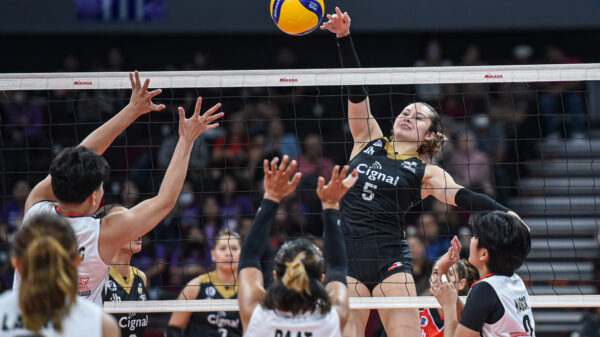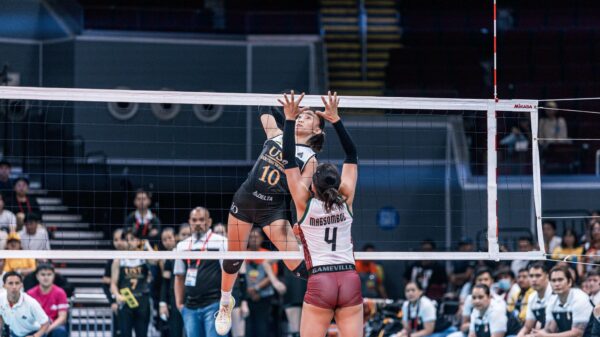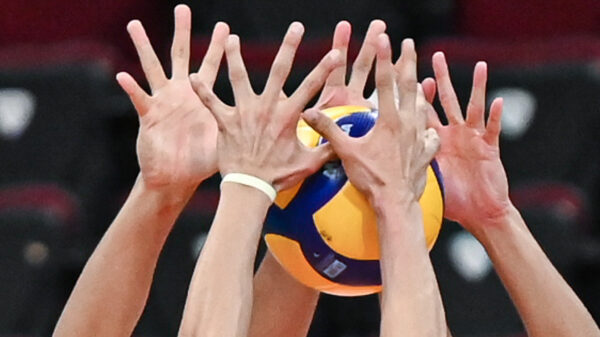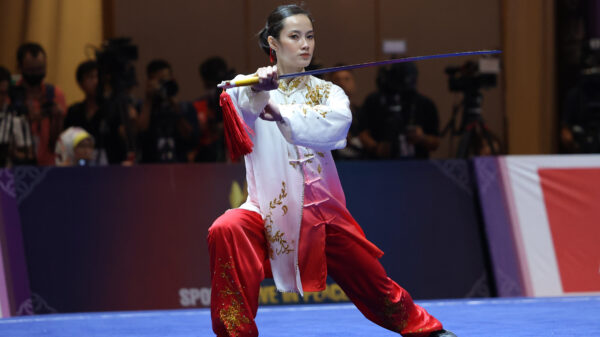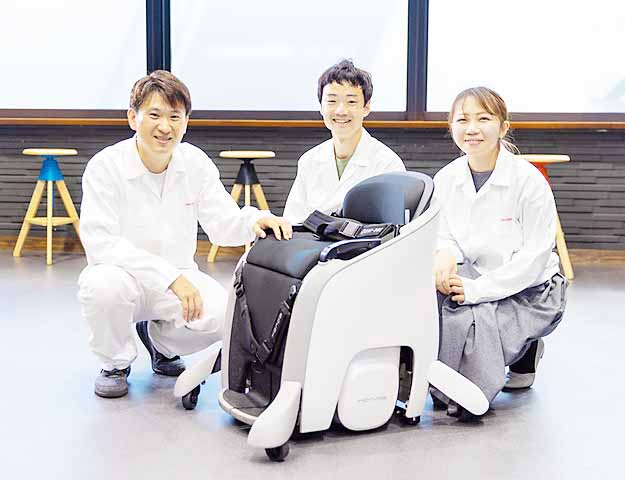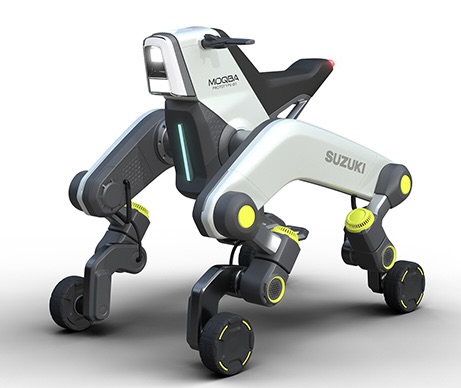Japan has a population of about 125 million and is blessed for having one of the highest life expectancies in the world. While this means Japanese people are able to live 75 years fully healthy and without any disabilities, the country unfortunately suffers from having one the lowest birth rates in the world.
The average number of children a Japanese woman gives birth to in her lifetime fell to 1.26 in 2022, according to the country’s annual population statistics. This fertility rate is far below the rate of 2.06 to 2.07, which is needed to maintain a stable population.
This means Japan’s elderly population is ballooning in number, which at the moment, is almost a third of the population (29.1 percent) or an estimated 36.23 million. The Philippines, in comparison, has 9.2 million individuals belonging to the age of 60 years and older or 8.5 percent of the country’s population of 112 million, according to the most recent (2020) Philippine Statistics Authority report.
At the just concluded Japan Mobility Show (previously known as the Tokyo Motor Show), a number of participating automakers recognized this development in their country and have come up with several new or concept mobility solutions that could soon aid elderly individuals be able to move around places with minimum assistance from others. Here are some of the notable ones.
Honda Uni-One
Honda’s Uni-One “personal mobility device” is an interesting product. It reminds you of a wheelchair, a stool, and the Segway (the two-wheeled, self-balancing personal transporter device which was popular in the early 2000s). Like a stool, you can just sit on the Uni-One.
But don’t forget to strap yourself in because just like a wheelchair, you will be moving around at a maximum speed of 6 km/h or the pace of brisk walking. Now, the Segway part of this ride is the fact that you will just need to shift your body forward, backward or even sideways to steer this device.
Since the user no longer needs his or her hands to steer, that person can now perform various tasks while seated. In addition, the seat can be elevated or lowered, enabling the user to work and move around while maintaining eye contact with the people around.
The user can elevate the seat when conversing with people who are standing or lower it when interacting with small children or people who are seated. Such changes in eye level and posture and the ability to use both hands, according to Honda, enable the user to enjoy communicating with others more freely.
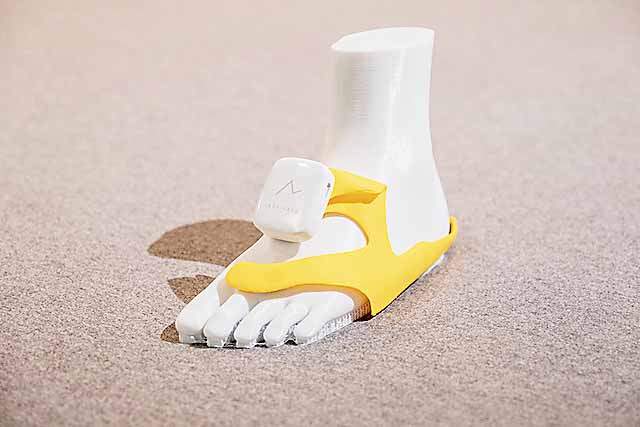
THE Ashiirase from Honda is an in-shoe navigation system for the visually impaired.
Honda Ashirase
Globally, there are 43 million people living with blindness and 295 million people living with moderate-to-severe visual impairment, according to a 2021 International Agency for the Prevention of Blindness’ Vision Atlas report.
That same year when the report was released, Honda Motor Co., Ltd. announced the establishment of Ashirase Inc., a business venture created to develop an in-shoe navigation system to support the visually impaired while walking.
The Japan Mobility Show saw the formal launch of what was developed from this venture. Named “Ashirase,” this in-shoe navigation system for the visually impaired helps the users reach their destinations safely and lead a more independent lifestyle.
It consists of a smartphone app as well as a tiny device that is placed on top of both shoes, just above the shoelaces. Each device is connected to a sheet with sensors that is worn like a sock so it could cover several parts of the feet.
Based on the route set with the app, the sheet and its tiny sensors vibrate to provide navigation. When the user needs to go straight, the sensors located on the front part of the foot are activated. When the user is nearing a right or left turn, the sensors on the right or left side vibrate to signify change of direction. When it’s time to stop, all the sensors will vibrate.
The navigation provided by Ashirase will enable intuitive understanding of the route, and therefore the user does not have to be constantly mindful of the direction. Honda’s Ashirase will hit the market soon.
Honda Avatar Robot
Like something out of a science fiction movie, Honda also announced that it is developing that it calls Avatar Robots that can perform highly precise tasks intuitively as if the operator is in the actual location where he is needed but is actually situated somewhere else.
By enabling the operator to transcend the distance and eliminate travel time, Honda explained that the Avatar Robot can create new value, such as enabling the operator to demonstrate expertise in high-urgency areas such as life-saving activities and/or perform tasks in places not safe for people, such as underwater and even outer space.
The key to the development of the Avatar Robot was the precise, yet strong multi-fingered hand that can operate tools designed for the human hand, while being intuitive to operate.
In addition, “AI-supported remote control” technology is being used to estimate the intentions of the operator and correct the movement of the robotic hand accordingly.
This technology enables operability that feels natural to the operator, eliminating delay in communication and difficulties posed by operating while looking at the image captured by a camera.
Honda AWV
The Honda Autonomous Work Vehicle or AWV is not only robust but could also work autonomously, thanks to its GPS (for location), radar, and Light Detection and Ranging for detection of obstacles that lie ahead.
The Honda AWV is an electric mobility vehicle that can autonomously travel along a predetermined route and transport up to 907 kg of construction equipment, materials, and other supplies at speeds up to 16 km/h.
It has been field-tested in several locations including a construction site of a large-scale solar power plant in the southwestern area of North America.
By adding attachments and tools, Honda AWV can be used for a variety of tasks to help individuals who are already less mobile or unable to lift heavy objects.
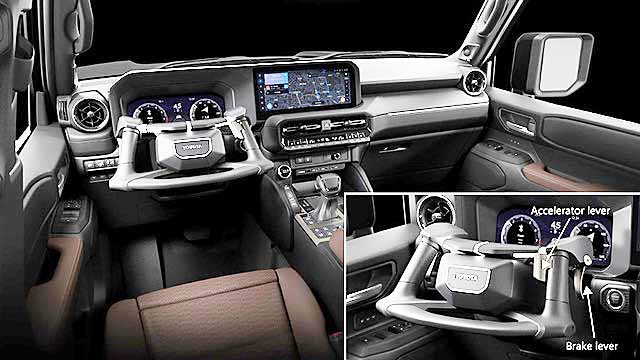
DESIGNED to feel seamless and natural to operate, the Toyota NEO steer concept its designed for those with leg injuries or paralysis.
Toyota NEO Steer concept
Among these notable unveilings during the event is Toyota’s NEO Steer concept.
It’s similar to a plane’s steering wheel or yoke where there are only two hand grips connected to a hub (Tesla Model S and Model X as well as the Lexus RZ electric SUV have this type of steering).
However, NEO Steer incorporates accelerating and braking on the steering wheel so any model equipped with this no longer needs an accelerator or brake pedal.
While Toyota is not the first automaker to come up with this idea (Mazda last year equipped one of their Miata variants with hand controls to allow those with leg impairment to drive the sports car), the Japanese auto giant is the first to make the concept feel seamless and natural.
With such controls and ease of operation, NEO Steer could now enable those with a broken leg or even those who are paraplegic operate a vehicle safely and conveniently.
With the floor space under the steering wheel free of pedals, the driver now has an unrestricted driving position along with the ability to smoothly enter or exit the vehicle.
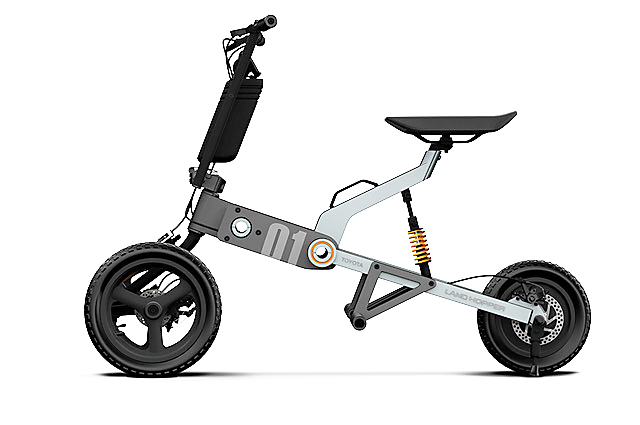
EQUIPPED three wheels — two in front — the Land Hopper from Toyota provides freedom to travel almost anywhere.
Toyota Land Hopper
The Land Hopper from Toyota looks more like a foldable bike. It has three wheels — -two in front — and is meant as a personal mobility. Its foldable design makes for easy storage even with limited car trunk space.
When combined with a car, the Land Hopper expands the pleasures of travel to various destinations.
The Land Hopper’s compact body size and low seat height make getting on and off the ride easier, which is an advantageous for elderly individuals. With outstanding maneuverability the Land Hopper offers an intuitive, exhilarating ride unlike any car or bicycle.
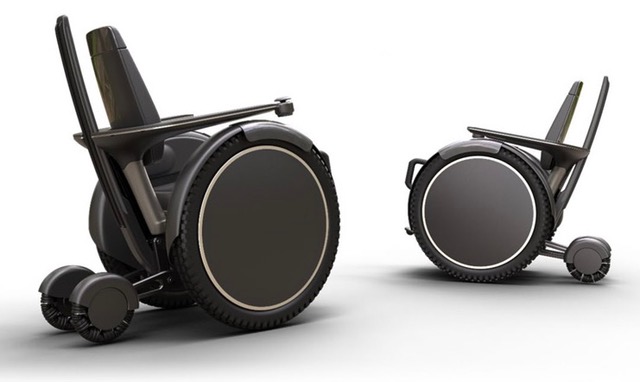
Photographs courtesy of Global Toyota the JUU is a next-generation wheelchair from Toyota.
Toyota JUU
The JUU is not just a regular electric wheelchair as it can climb or descend a stairway, thanks to its two large powerful main wheels as well as a retractable tail that flips down from behind the backrest to prevent tipping and stabilizes the wheelchair.
It can even negotiate uneven surfaces expanding the rider’s ability to freely navigate places that are difficult to access by electric or regular wheelchairs.
The JUU automatically maintains an optimal posture and can negotiate steps up to 16-cm tall.
Not yet content on the JUU’s current features, Toyota is also exploring advanced functions that would enable the JUU to autonomously move and load itself into the rear of a car after the user has boarded it, and return to the driver’s seat when the user wants to get off the vehicle.
- Photographs courtesy of Global SuzukiTHE MOQBA or its future versions might become the most ubiquitous types of personal mobility systems in the near future.
Suzuki Modular Quad Based Architecture
Called the MOQBA for short, Suzuki’s next-generation mobility can move smoothly with wheels on flat roads, and seamlessly move on steps using its four robotic legs. Suzuki said it is intended for “those who face barriers in transportation such as steps, even in a region with developed public transportation.”
The MOQBA can be used for deliveries, garbage disposal, emergency services (like transporting injured patients), groceries and more.
Indeed, Japan’s obsession with piloting robots is finally turning into reality albeit currently on a smaller scale. The MOQBA and those like it might become the most ubiquitous types of personal mobility systems in the near future.
Suzuki GO!
This other electric mobility machine from Suzuki is less flashy compared to the MOQBA but it will surely appeal to the less daring elderly individual who still wants to move around.
Its unique design resembles the letter “G” when viewed from the side and is like a 4-wheeled chair with a fancy wraparound frame that provides the passenger more protection and stability when moving around.
It features a joy stick on the right armrest to control its movement and has sensors that automatically decelerate when approaching obstacles. There’s also a large-sized storage space under the seat to keep items like groceries and other stuff.



